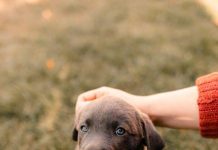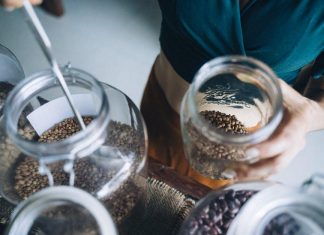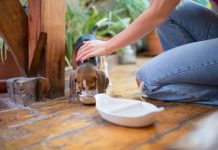Bringing a new puppy into your home is a joyous occasion filled with love, laughter, and a few inevitable messes. As you welcome your furry friend into your family, one of the first challenges you’ll face is potty training. While this task may seem daunting, it doesn’t have to be stressful for you or your puppy. With patience, consistency, and a sprinkle of positivity, you can successfully navigate this important milestone. In this guide, we’ll walk you through the steps of potty training your puppy, ensuring a smooth and stress-free experience for both of you. Whether you’re a first-time pet parent or a seasoned dog owner, these practical tips will help you establish a routine that works, fostering a bond of trust and understanding with your newest family member.
Understanding Your Puppys Signals
Learning to recognize your puppy’s signals is an essential part of potty training. Puppies communicate their needs in subtle ways, and being able to interpret these signals can help prevent accidents. Some common signs that your puppy may need to go outside include sniffing around, circling, whining, or suddenly stopping what they’re doing. By observing these behaviors, you can anticipate their needs and respond promptly, making the process smoother for both of you.
- Sniffing the floor: This often indicates they’re searching for a spot to relieve themselves.
- Circling: A clear sign they are getting ready to go.
- Whining or pacing: This can indicate discomfort and the need to go outside.
- Sudden stop in play: If your puppy abruptly halts their activity, they might be distracted by the urge to potty.
By paying close attention to these cues and responding quickly, you can help your puppy understand that going outside is the right choice, reinforcing positive behavior and building a stress-free routine.
Creating a Consistent Routine
Establishing a routine is key to successful potty training. Puppies thrive on consistency, and a structured schedule helps them understand when and where they should do their business. Start by taking your puppy out at the same times every day. This includes first thing in the morning, after meals, after naps, and before bedtime. Puppies typically need to relieve themselves every two hours, so plan accordingly to avoid accidents.
- Meal Times: Keep feeding times consistent. This will help regulate their digestive system and make potty times more predictable.
- Bathroom Breaks: Use the same door to go outside, and try to visit the same potty spot each time. This repetition helps reinforce the behavior.
- Positive Reinforcement: Reward your puppy immediately after they go potty outside with praise, affection, or a small treat. This encourages them to repeat the behavior.
Remember, patience and positive reinforcement are your best tools. Over time, your puppy will learn to associate the routine with the desired behavior, making the training process smoother and less stressful for both of you.

Positive Reinforcement Techniques
Embrace the power of positive reinforcement to make potty training a joyful experience for both you and your puppy. This approach focuses on rewarding good behavior, which encourages your furry friend to repeat the desired actions. Here are some effective techniques:
- Immediate Praise: The moment your puppy successfully uses the designated potty area, shower them with enthusiastic praise. Your warm tone and cheerful words will reinforce their accomplishment.
- Treats: Keep a stash of small, tasty treats handy. Reward your puppy right after they do their business in the right spot. This creates a strong association between the action and the reward.
- Playtime: Use play as a reward. After your puppy has done their business, engage in a fun activity or a brief play session. This not only reinforces good behavior but also strengthens your bond.
- Consistency: Be consistent with your rewards. Over time, your puppy will learn that using the potty area leads to positive outcomes, making them more likely to repeat the behavior.
Remember, patience is key. Celebrate small victories and be patient with mishaps. With love and consistency, your puppy will soon master the art of potty training without stress.

Handling Accidents with Patience
Accidents are bound to happen when you’re teaching your puppy where to do their business. It’s important to approach these mishaps with a calm demeanor and a mindset focused on learning, not punishment. Here are some steps to help you handle these little setbacks with grace:
- Stay Calm: When an accident occurs, take a deep breath and remember that patience is key. Raising your voice or showing frustration can confuse your puppy, making the training process more challenging.
- Clean Up Promptly: Use an enzyme-based cleaner to remove odors that might encourage your puppy to return to the same spot. This will help in reinforcing the idea that there are designated areas for their needs.
- Reflect on the Routine: Consider whether adjustments to your puppy’s feeding schedule or potty breaks might help prevent future accidents. Consistency in routine is crucial for effective training.
By treating accidents as part of the learning curve, you’re not only fostering a nurturing environment for your puppy but also strengthening the bond between you and your furry friend.
















